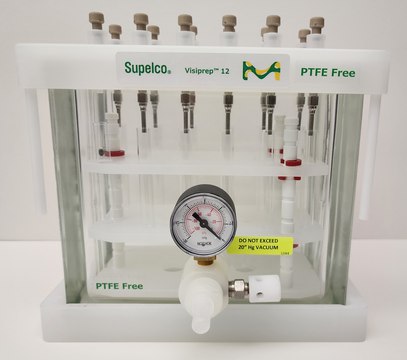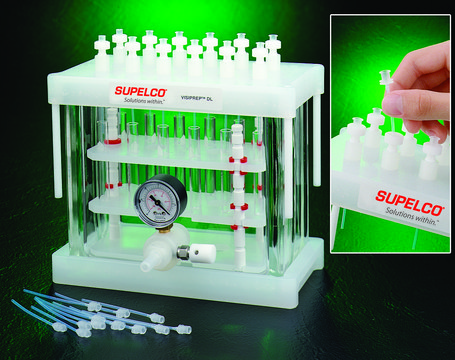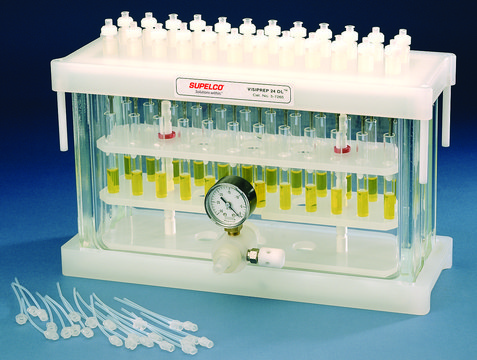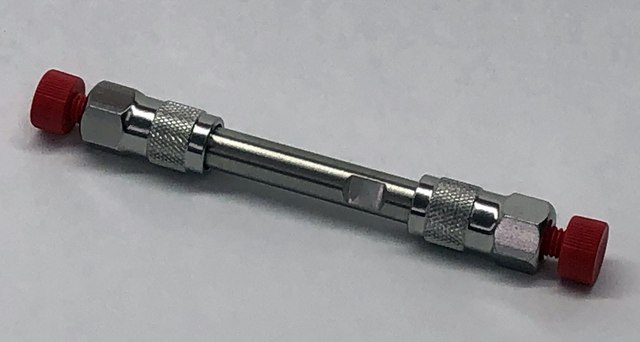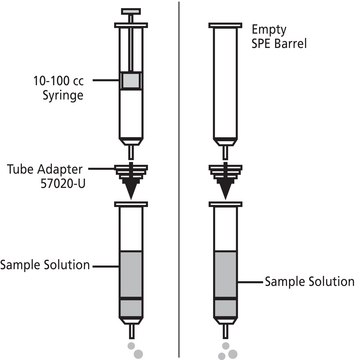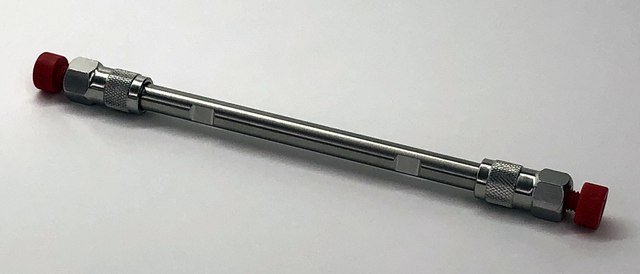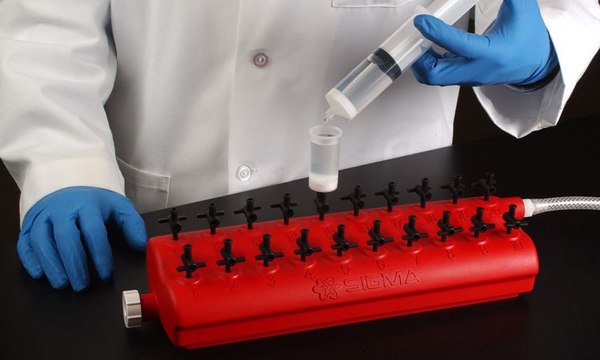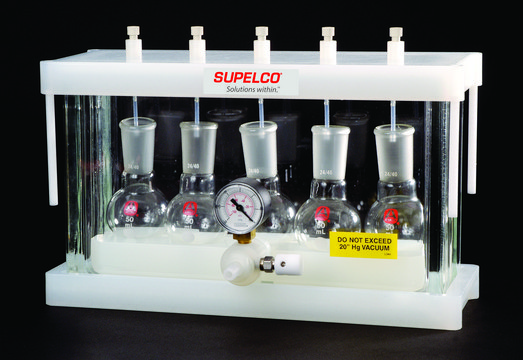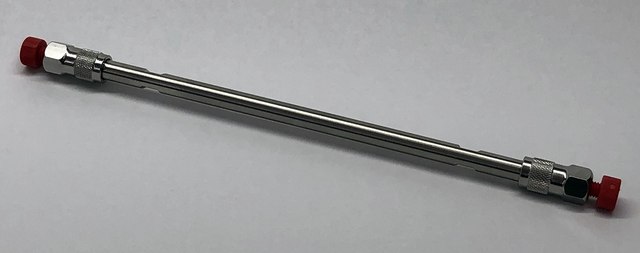HPA008147
Anti-ATP6V1B2 antibody produced in rabbit

Prestige Antibodies® Powered by Atlas Antibodies, affinity isolated antibody, buffered aqueous glycerol solution
Synonyme(s) :
Anti-Endomembrane proton pump 58 kDa subunit, Anti-HO57, Anti-V-ATPase subunit B 2, Anti-V-type proton ATPase subunit B, brain isoform, Anti-Vacuolar proton pump subunit B 2
About This Item
Produits recommandés
Source biologique
rabbit
Niveau de qualité
Conjugué
unconjugated
Forme d'anticorps
affinity isolated antibody
Type de produit anticorps
primary antibodies
Clone
polyclonal
Gamme de produits
Prestige Antibodies® Powered by Atlas Antibodies
Forme
buffered aqueous glycerol solution
Espèces réactives
rat, human, mouse
Validation améliorée
orthogonal RNAseq
Learn more about Antibody Enhanced Validation
1 of 4
Cet article | 53557-U | 53559-U | 53560-U |
|---|---|---|---|
| particle size 2.7 μm | particle size 2.7 μm | particle size 2.7 μm | particle size 2.7 μm |
| separation technique reversed phase | separation technique reversed phase | separation technique reversed phase | separation technique reversed phase |
| matrix active group C18, extensively endcapped octadecylsilane (ODS) bonding phase | matrix active group C18, extensively endcapped octadecylsilane (ODS) bonding phase | matrix active group C18, extensively endcapped octadecylsilane (ODS) bonding phase | matrix active group C18, extensively endcapped octadecylsilane (ODS) bonding phase |
| agency suitable for ASTM® 7968, suitable for DIN 38407-42, suitable for EPA 537.1, suitable for EPA ACB B21-02, suitable for EPA OTM-45, suitable for ISO 21675 2019, suitable for ISO/CEN 15968-2010, suitable for ASTM® 7979, suitable for EPA 8327, suitable for GB 5009.253-2016, suitable for USP L1, suitable for EPA 533, suitable for ISO 25101, suitable for EPA ACB B23-05b | agency suitable for ASTM® 7968, suitable for ASTM® 7979, suitable for DIN 38407-42, suitable for EPA 533, suitable for EPA 537.1, suitable for EPA 8327, suitable for EPA ACB B21-02, suitable for EPA ACB B23-05b, suitable for EPA OTM-45, suitable for GB 5009.253-2016, suitable for ISO 21675 2019, suitable for ISO 25101, suitable for ISO/CEN 15968-2010, suitable for USP L1 | agency suitable for ASTM® 7968, suitable for ASTM® 7979, suitable for DIN 38407-42, suitable for EPA 533, suitable for EPA 537.1, suitable for EPA 8327, suitable for EPA ACB B21-02, suitable for EPA ACB B23-05b, suitable for EPA OTM-45, suitable for GB 5009.253-2016, suitable for ISO 21675 2019, suitable for ISO 25101, suitable for ISO/CEN 15968-2010, suitable for USP L1 | agency suitable for ASTM® 7968, suitable for ASTM® 7979, suitable for DIN 38407-42, suitable for EPA 533, suitable for EPA 537.1, suitable for EPA 8327, suitable for EPA ACB B21-02, suitable for EPA ACB B23-05b, suitable for EPA OTM-45, suitable for GB 31604.35-2016, suitable for GB 5009.253-2016, suitable for ISO 21675 2019, suitable for ISO 25101, suitable for ISO/CEN 15968-2010, suitable for USP L1 |
| technique(s) HPLC: suitable, LC/MS: suitable | technique(s) HPLC: suitable, LC/MS: suitable, UHPLC-MS: suitable, UHPLC: suitable | technique(s) HPLC: suitable, LC/MS: suitable, UHPLC-MS: suitable, UHPLC: suitable | technique(s) HPLC: suitable, LC/MS: suitable, UHPLC-MS: suitable, UHPLC: suitable |
| pore size 90 Å pore size | pore size 90 Å pore size | pore size 90 Å pore size | pore size 90 Å pore size |
Immunogène
Application
The Human Protein Atlas project can be subdivided into three efforts: Human Tissue Atlas, Cancer Atlas, and Human Cell Atlas. The antibodies that have been generated in support of the Tissue and Cancer Atlas projects have been tested by immunohistochemistry against hundreds of normal and disease tissues and through the recent efforts of the Human Cell Atlas project, many have been characterized by immunofluorescence to map the human proteome not only at the tissue level but now at the subcellular level. These images and the collection of this vast data set can be viewed on the Human Protein Atlas (HPA) site by clicking on the Image Gallery link. We also provide Prestige Antibodies® protocols and other useful information.
Actions biochimiques/physiologiques
Caractéristiques et avantages
Every Prestige Antibody is tested in the following ways:
- IHC tissue array of 44 normal human tissues and 20 of the most common cancer type tissues.
- Protein array of 364 human recombinant protein fragments.
Liaison
Forme physique
Informations légales
Clause de non-responsabilité
Vous ne trouvez pas le bon produit ?
Essayez notre Outil de sélection de produits.
Code de la classe de stockage
10 - Combustible liquids
Classe de danger pour l'eau (WGK)
WGK 1
Point d'éclair (°F)
Not applicable
Point d'éclair (°C)
Not applicable
Faites votre choix parmi les versions les plus récentes :
Certificats d'analyse (COA)
Vous ne trouvez pas la bonne version ?
Si vous avez besoin d'une version particulière, vous pouvez rechercher un certificat spécifique par le numéro de lot.
Déjà en possession de ce produit ?
Retrouvez la documentation relative aux produits que vous avez récemment achetés dans la Bibliothèque de documents.
Notre équipe de scientifiques dispose d'une expérience dans tous les secteurs de la recherche, notamment en sciences de la vie, science des matériaux, synthèse chimique, chromatographie, analyse et dans de nombreux autres domaines..
Contacter notre Service technique